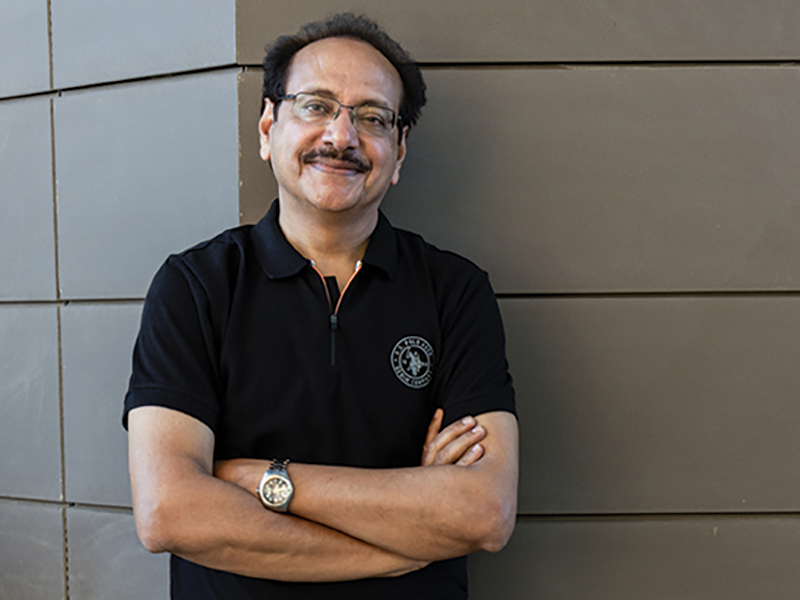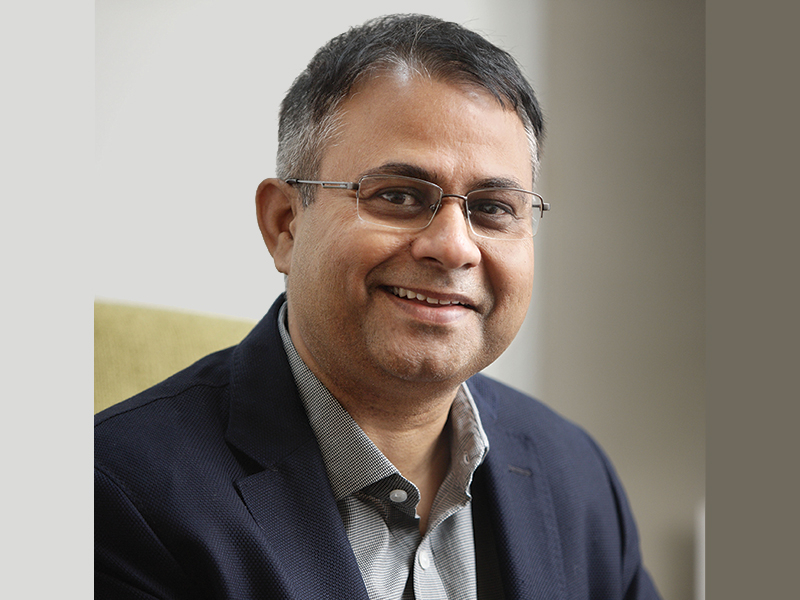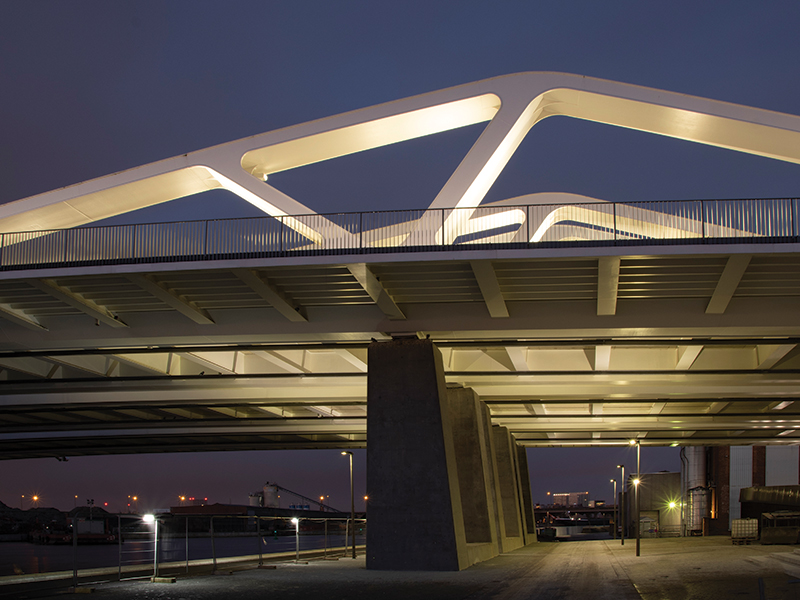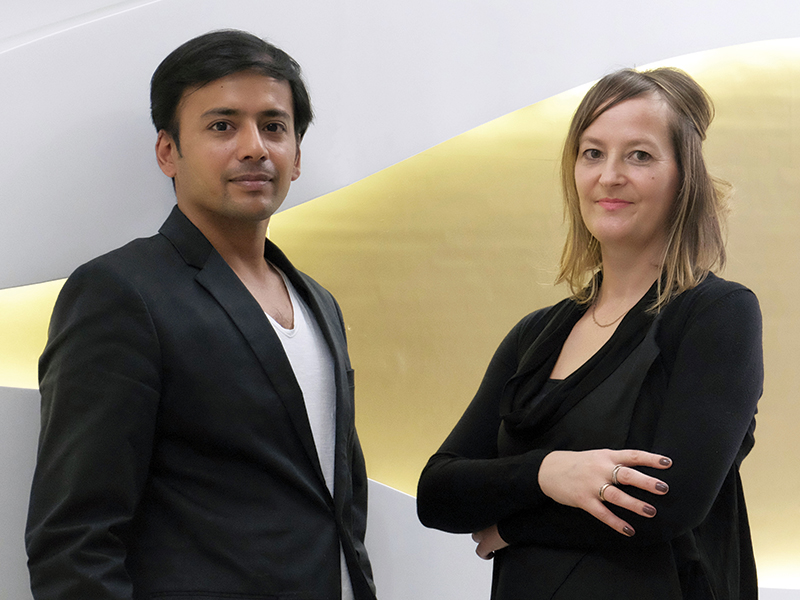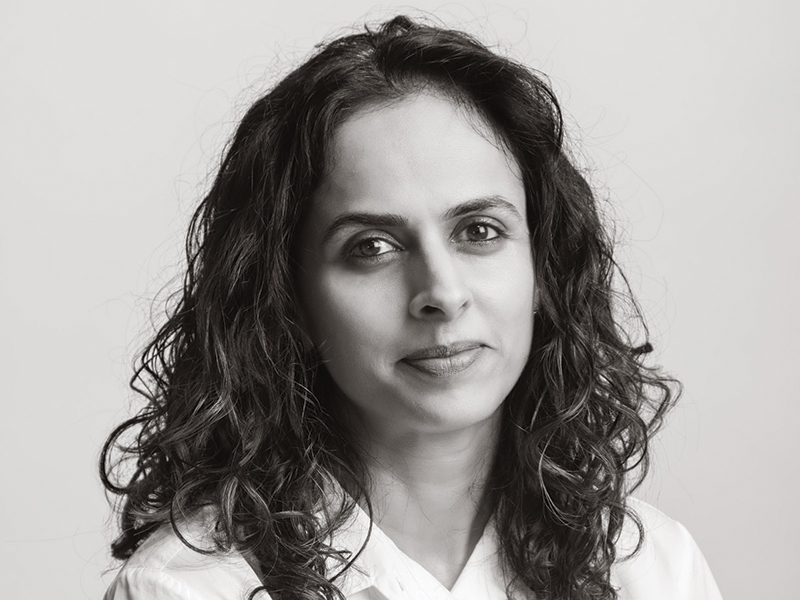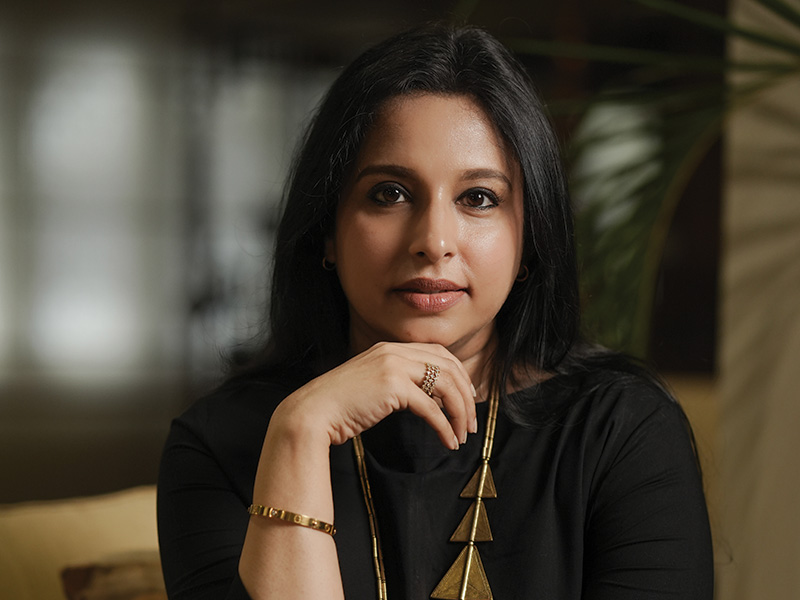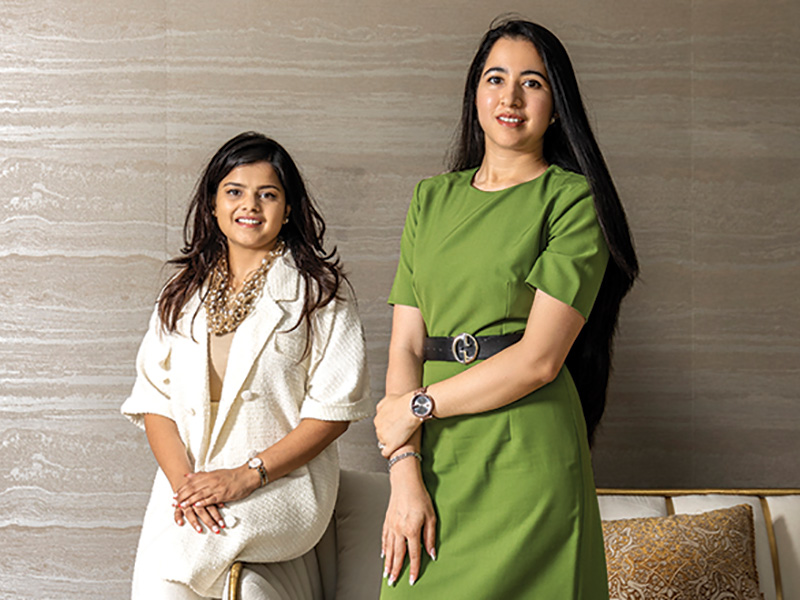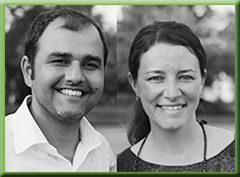
“banduksmithstudio combines a materially sensitive approach to design with respect for the context into which each project is placed. Each celebrates its context through a considered relationship with the physical and social condition of its surroundings.”
Ahmedabad – based banduksmithstudio is an architecture, urban design, and research practice founded by Sachin Bandukwala and Melissa Smith. Their work engages processes of making through research on unique construction methods, both institutionalized and inventive, and built projects that explore the boundaries of material and craft in the context of contemporary Indian construction.
Ar. Bandukwala holds a B.Arch from CEPT University, where in 2003 he completed a research thesis that compared the structure of natural and manmade elements in architecture through the lenses of perception and formation. Before founding the firm, he worked and collaborated as an independent architect in Ahmedabad, and also documented a number of architectural significant temple complexes and stepwells around western India. Throughout his career he has explored the subject of the person and his inspiration from nature. He is perpetually in pursuit of understanding, through primary observation, the ageing of material and its effect on tectonics, and the institutionalization of rituals in architecture.
Ar. Bandukwala entered architecture with an idea that buildings affect our lives, aiming to make them better. His interest was in the possibility of serving for something so basic, yet at the same time so celebrated. His approach to design, like the rest of life, is that “To make something, you have to break something, so make sure you connect it well to your needs, purposes, intentions and celebrations. Try to stay close to the original form of the material as much as possible, so that it may easily return to nature or be adapted for reuse. What you make must have a purpose of beauty and efficiency whether it is a tea cup, a column or a sugar factory.”
The forms and structures that inspire him reflect self-similarity found in different formations in nature—the silhouette of changes that happen on ones' skin, the building forms, in flower blossom and a tree, every jungle that are losing to cities—which address how much better one can make it with steel, concrete, and wood. How little can be built to serve maximum, is the idea.
He sees architecture as a means to appropriate things, ideas, buildings, and cities for the human habitat while responsibly using these resources in harmony with natural and built environment. “This is because architecture is about the changes that we make in our existing situations sometimes purely functional (industries etc.) or sometimes more spiritual (houses, temples, mosques, churches etc). What we make is a derivation of our understanding of the existing past and it is going to affect lives beyond the reach of our time.”
The other partner, Smith, is an architect and urban planner who holds M.Arch and M.C.P. degrees from the University of California, Berkeley, where she was a John K. Branner Fellow. She is a continuing visiting faculty member in the Architecture and Planning Faculties at CEPT University. Her research, begun by investigating the incremental, unplanned transformation of aging modernist planned cities, and continued by examining settlement formation in India, follows how inhabitants tend to restructure their built environments over time.
Before moving to India, Ar. Smith worked in architecture firms in Grand Rapids and San Francisco, where she worked on residential and institutional projects. While a graduate student at Berkeley, she was involved in research and documentation of traditional housing in Beijing, Shanghai, and Zhujiajiao, and was part of the design and installation of an exhibition of this work in the Hong Kong Shenzhen Biennale in 2008. She also used a year-long traveling research fellowship to investigate the transformation of aging modernist planned cities through incremental, unplanned alterations, a project that included Chandigarh, Brasilia, New Belgrade, and several other mid-twentieth century cities around Europe and the Middle East.
Ar. Smith pursued architecture as a career because of its location at the nexus of a number of disciplines. An architect, for her, works as an interpreter of the urban and the human condition, one who works in conversation with clients' desires and needs, with agencies' skills and consultants' perspectives, bringing together multiple specialties to create a physical thing…an addition or a transformation to the space that we occupy. What is more, an architect has a specific lens—the optimistic and earthy view of the maker—through which to interpret competing forces of people or nature, that act on our environment. She admires projects that reflect this process of engagement, that look at the building not as an object but as the combination, at a particular point in time, of a series of systems that create it. This also reflects the dynamic state in which buildings exist. They are changed throughout their life by the people who inhabit them and the weather they inhabit.
With these ideas in mind, Ar. Bandukwala and Ar. Smith joined hands to form banduksmithstudio, and work together through their practice, a mode through which they explore these multiple queries at the same time. Their questions are linked by the way they see the world, but the variety of scale, place, material, let them explore the uncharted, discover the unexpected, and surprise themselves with what they make.
banduksmithstudio combines a materially sensitive approach to design with respect to the context into which each project is placed. Each celebrates its context through a considered relationship with the physical and social condition of its surroundings. It looks at design as a series of systems of pieces working together whose addition and combination adds to a whole that works in conjunction with human created, urban or rural networks, and with the natural systems of sun, wind, rain, growth and decay that permeate our lives.
Projects come at any scale, and the practice shifts from furniture and object design, to interiors, renovations, additions, residential, institutional, and commercial architecture. In each, the practice looks at how to transform the existing one through the introduction of the new, attempting to redefine the context and rediscover possibilities.
